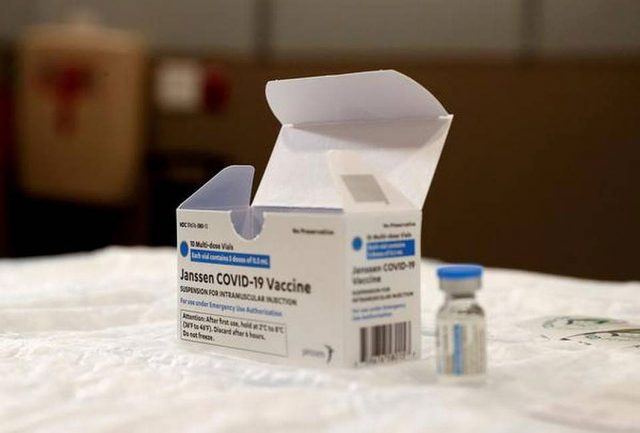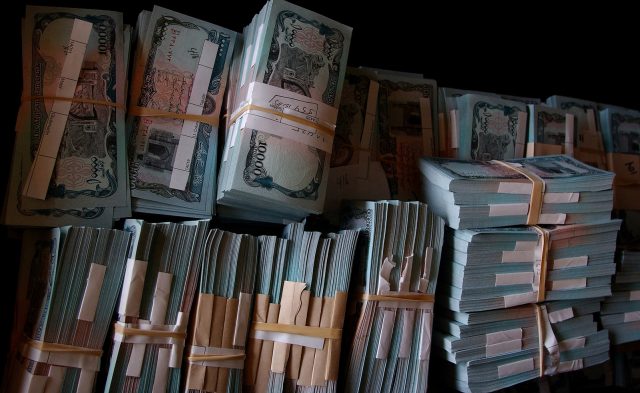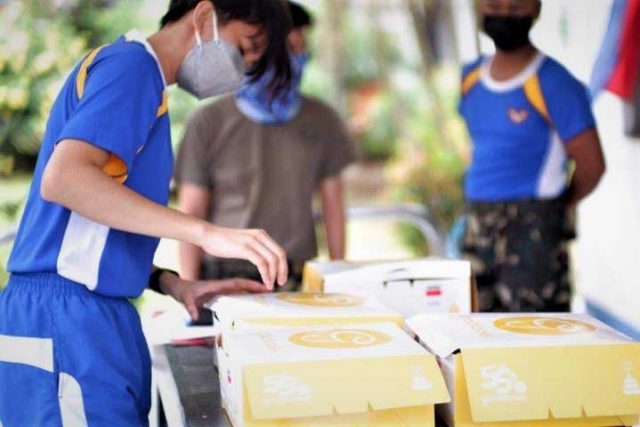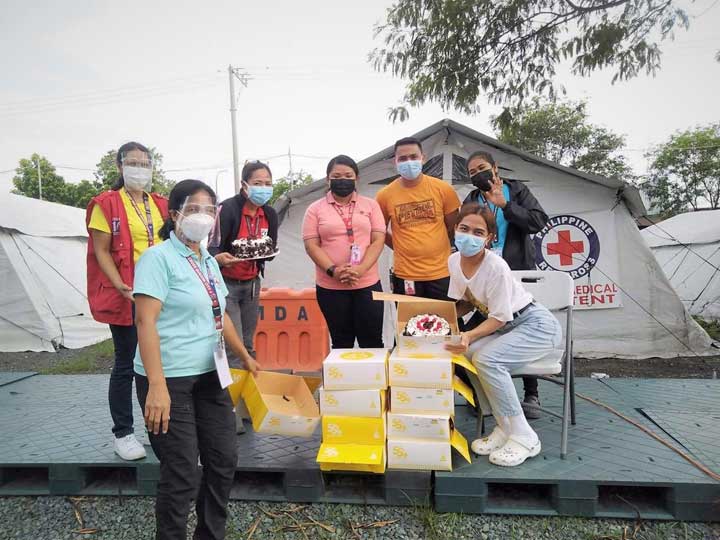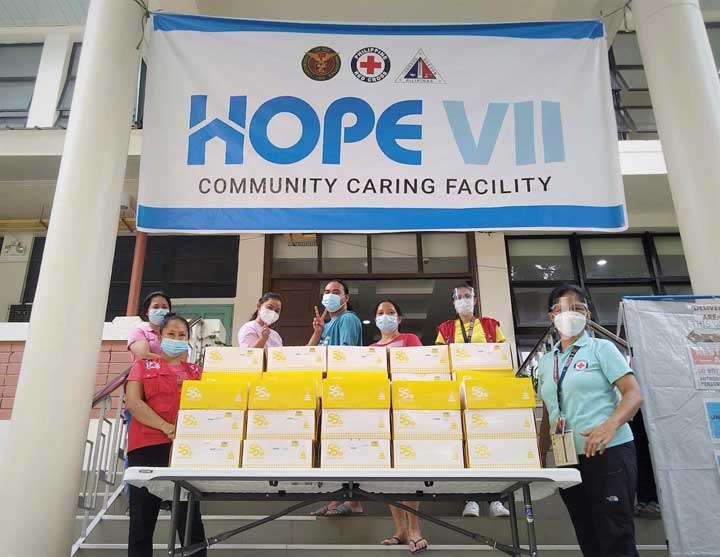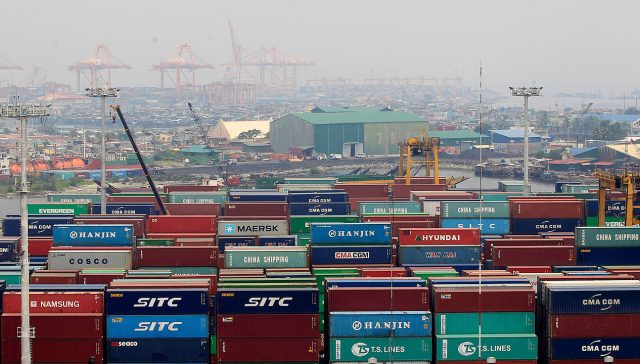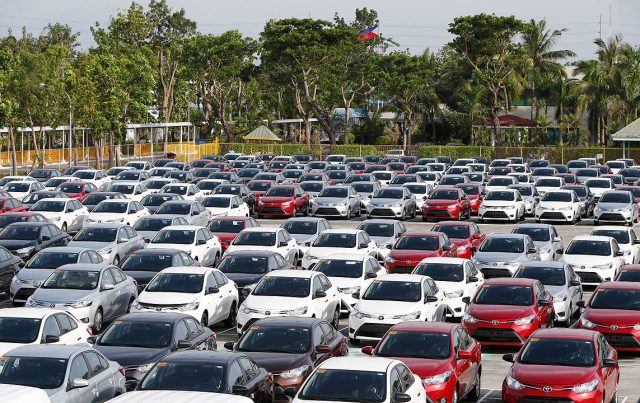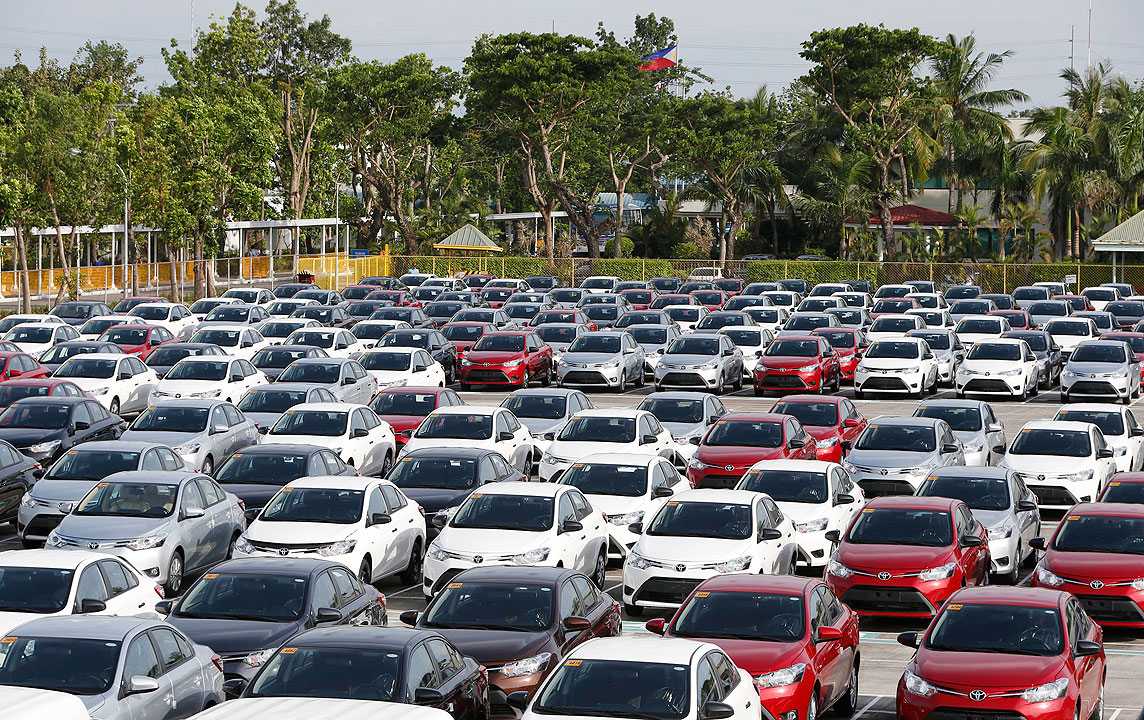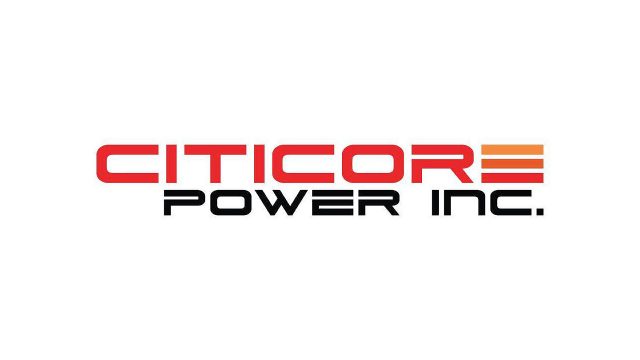Filipinos are craving cake, coffee, and carbs — Grab
Filipinos are spending more on breakfast and cake, according to the first food trend report by super app Grab Philippines.
According to the study released Thursday, there was a 60% rise in monthly active food-and-beverage sales (F&B) and a 61% growth in total sales in 2020 as compared to 2019. The majority of consumers (65%) are parents 25–44 years old.
Cakes and breakfast items were among the popular food products in the super app. Orders for the former grew 2.6-fold in 2020 as compared to the previous year, while the latter saw a 35% growth, also for the same period. The average budget for breakfast was P145–147, with orders trickling in at 7 a.m. and peaking between 9–10 a.m.
Iced coffee and caramel macchiato are the most popular coffee orders. Other trending items were American breakfast fare, fried food, and carb-loaded meals like spaghetti or fried rice.
The top 10 food categories searched for are as follows: fast food; pizza; cake; bakery; Chinese; doughnuts; milk tea; burgers; coffee; and chicken.
“We haven’t surveyed the ‘why’ yet,” said Grab Philippines country head Grace T. Vera-Cruz, about the study’s results. “It’s just the ‘what’ for now. We’ll figure out later the psychology behind the ‘why.’”
IS BREAKFAST PROFITABLE?
Even without knowing the “why,” however, merchants can use information from Grab’s study to grow their business. “Merchants ask us, ‘Should I be open for breakfast? Is it going to be a profitable segment?’” Ms. Vera-Cruz said, citing the reason for collating key trends into a food trend report.
“We make all our tools self-service so MSMEs [micro, small and medium enterprises] can do things like change prices on their own,” Ms. Vera-Cruz said. “We give them visibility. We want merchants of all sizes to thrive in our platform.”
Thai Mango Dessert, one of Grab’s merchant-partners, opened five cloud kitchens between April 2020 and July 2021 because of its partnership with Grab, according to owner Kimberly L. Baquiano.
“Eighty percent of our business is from Grab,” she said. “It helped us with brand visibility and sales growth. With a cloud kitchen setup, you don’t need a lot of operational expense to put up your business.”
SulEAT Saver, added Ms. Baquiano, is the marketing solution within the platform that gave her business the best returns thus far.
“This is the one that worked the most with us,” she told the virtual event audience. “Our investment was P30,000 for a campaign period between July 12–25, and our return on investment was [multiplied by] 43.34.”
Added Ms. Vera-Cruz: “Our goal is to make it easy for merchant-partners to improve their business processes.”
New features include the Grab Online Shop, an e-commerce solution focused on F&B businesses, that allows increased flexibility in terms of maximum delivery fees, modes of delivery, and minimum order amounts. Available in six to eight weeks, it will also allow for cashless payments and last-mile delivery solutions within the shop.
Also in the pipeline is a financial literacy partnership between Grab Merchant Academy and World Bank’s International Finance Group. — Patricia B. Mirasol



